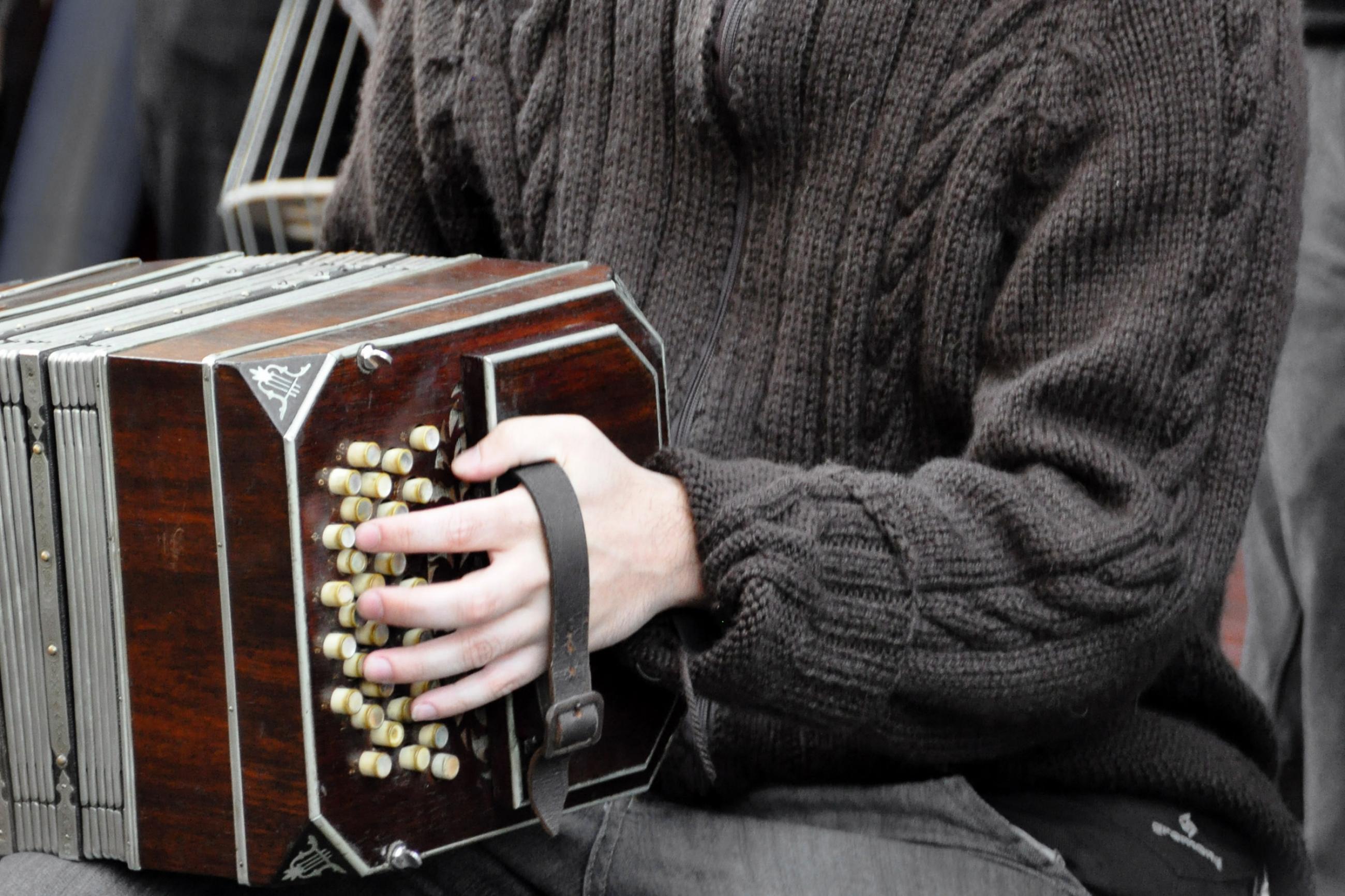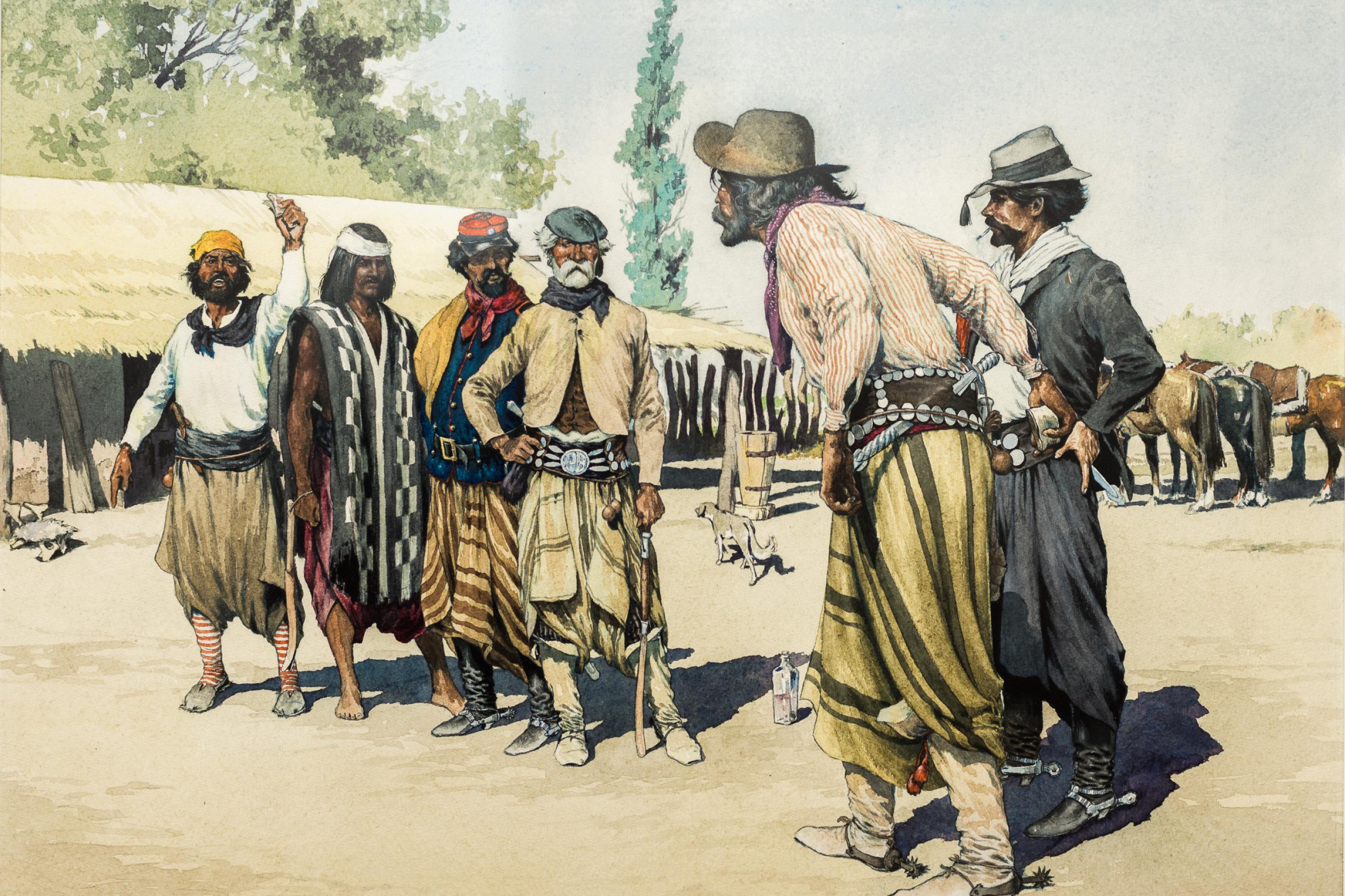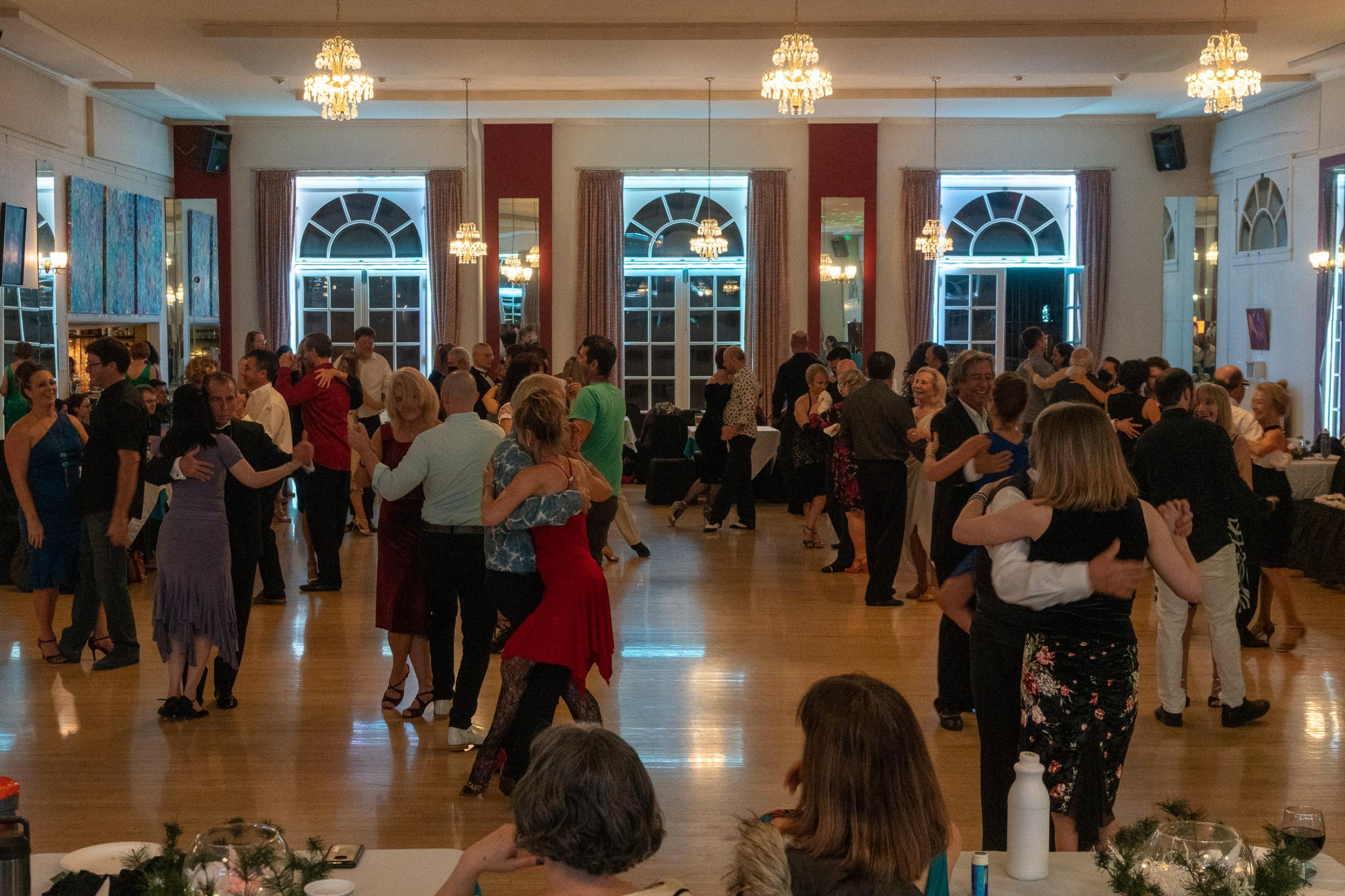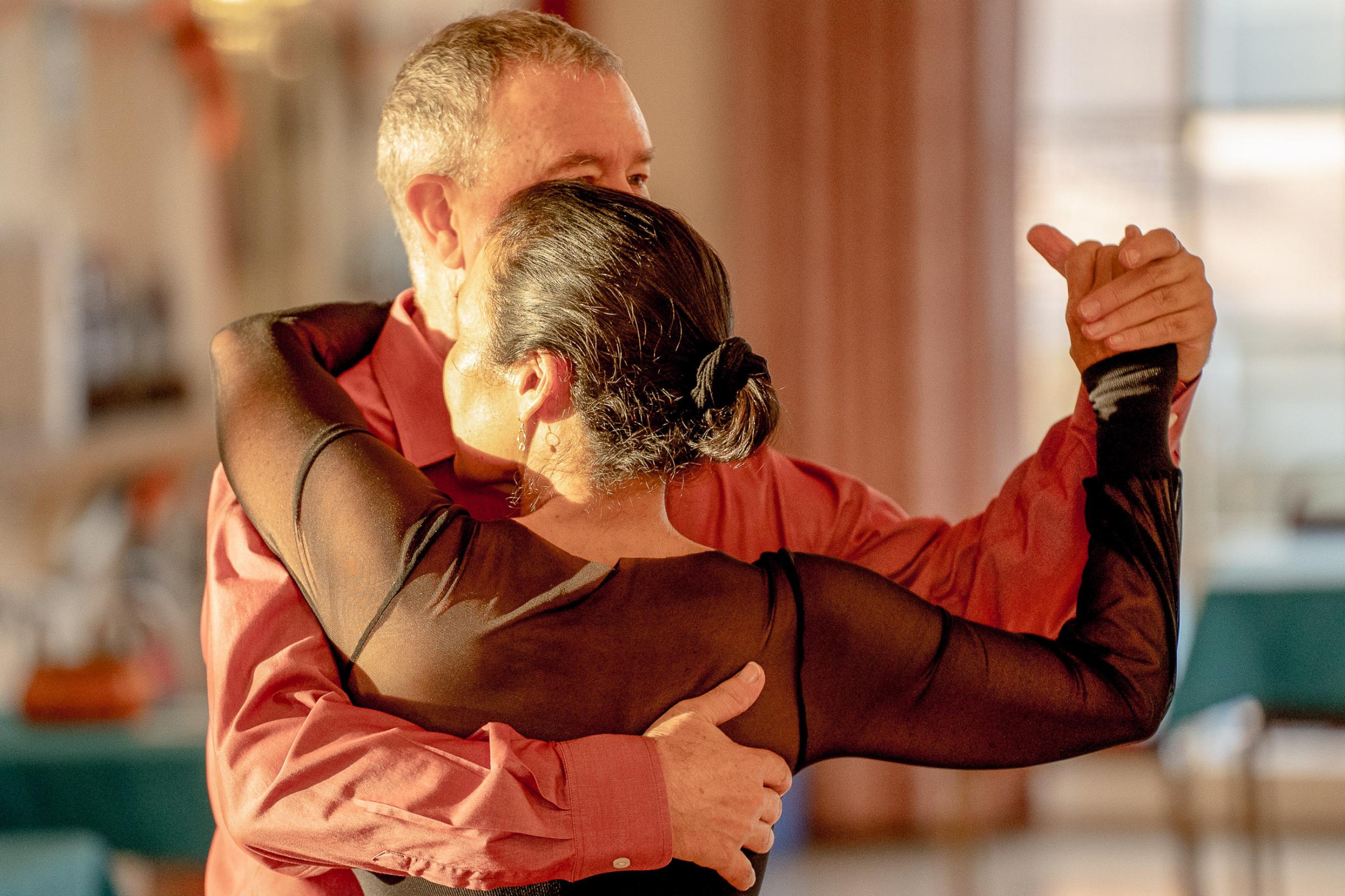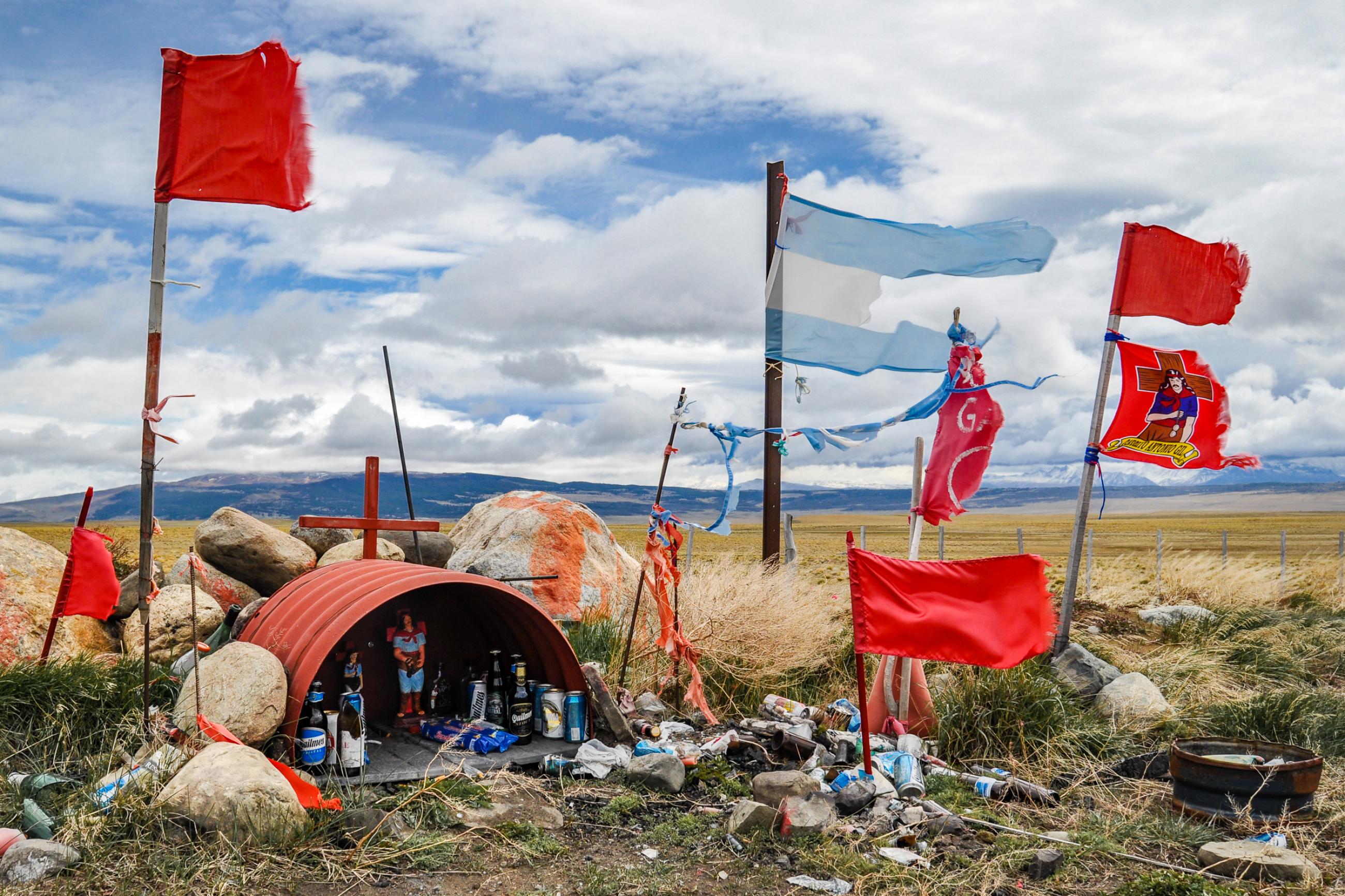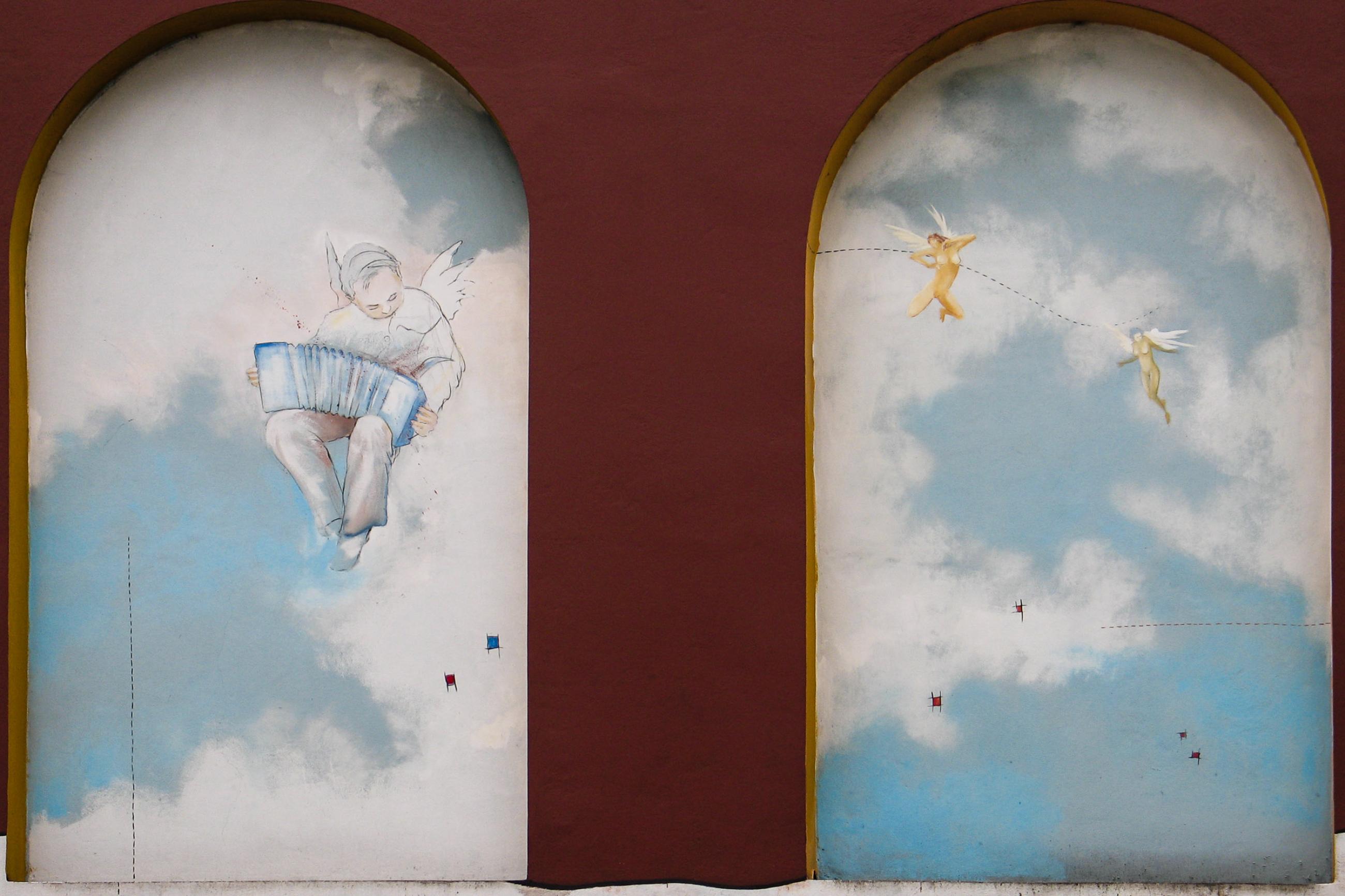
The Roots of Argentine Tango.
Argentine Tango as a dance and musical form developed in Buenos Aires at the end of the 19th Century, and arrived in Europe and then the US in the first decades of the 1900s. This is the mode of dance that evolved into Ballroom tango, familiar to us from Rudy Valentino in the classic, anti-war silent movie "The Four Horsemen of the Apocalypse". The roots of tango came from urban folkloric dances of the poorer neighborhoods, a mixture of Spanish, Criollo (Gaucho/Native from the countryside) and certainly African elements. In the great immigrant flow of the early 20th century, tango became the culture of Buenos Aires of neighborhoods, bars, nightclubs, and popular theater.
Tango and Culture
Tango has typically been considered to be the dance of the lower classes, but that didn't keep rich kids from slumming, and in the nicer neighborhoods, the servants and children grew up listening to tango played on victrolas, street musicians and organ grinders, the radio and movies. The tango continued to evolve in Buenos Aires, up through the early 1940s, which we call the "Golden Age" of tango. The Argentine Tango looks nothing at all like International or American ballroom tango. At its peak in the 1940s and early 50s, Tango had moved from the lower classes into the middle class. Tango fell out of favor when the Military Government overthrew Juan Peron in the mid-1950s. It wasn't that the Military banned tango; rather that they eliminated the night life through curfews and harassment. There was a moralistic element at work: proper society still thought of tango as a lifestyle of womanizers and layabouts. At the same time the generation of tango dancers who came of age in the 1940s eventually got married, had kids, and musical tastes became influenced by foreign music and dance like 50s rock-and-roll, 60s rock, 70s Argentine folk music and 80s "Tropical" (i.e. Salsa and Cumbia). Tango dancing carried on in smaller, family parties, neighborhood dances, and performance shows.
The Tango Revival
The worldwide tango revival from the 1980s to the present, began in Europe as a younger generation became entranced by watching several tango shows, notably "Tango Argentino", and the famous milonguero and stage dancer, Eduardo Arquimbao. Validated in Europe, young Argentines began studying the dance of their Grandparents. In the US only a few cities had tango before 1995, which was the year the present wave exploded across the country.
